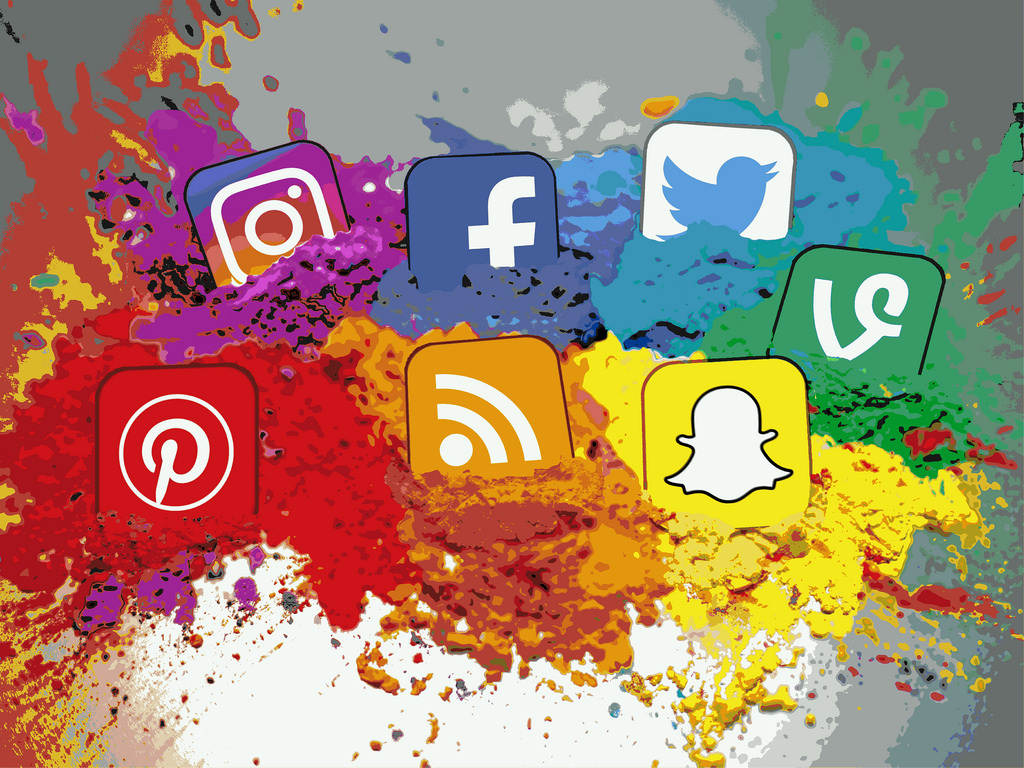Snapchat v. Instagram v. Facebook
In the fall of 2013, Snapchat made an addition to their quick pic app that revolutionized both their company and the social media landscape forever – the Snapchat story.
These compilations of ten-second videos and pictures of peoples’ day-to-day lives rapidly stole the show and userbase from the aging Facebook audience. The ability to post a story and it disappear after 24 hours appealed to the younger social media audience. It allowed users to see a nearly live feed of their friends while also feeding into the shrinking attention span of millennials.
This move was so significant that according to Gary Vaynerchuk’s The Snapchat Generation: A Guide to Snapchat’s History, “By August 2014, 40% of 18-year-olds in the US were using Snapchat on a daily basis.”
In 2015 they launched their famous Snapchat filters. That same year they became a media platform, allowing companies to have designated accounts and ads. Today, Snapchat reaches over 7 billion video views each day, rivaling with Facebook.
Facebook and Instagram fight back
In the summer of 2016, Instagram introduced Instagram stories as a means to steal back their younger audience.
While Snapchat is still the leading face of story usage, within the first month of its release, “the new option was already being utilized by more than 100 million people every day. That’s a third of Instagram’s daily active user base, and a fifth of their overall network,” according to Social Media Today.
 They took it a step further, introducing and promoting Facebook and Instagram Live, allowing users to give followers a live stream of their activities.
They took it a step further, introducing and promoting Facebook and Instagram Live, allowing users to give followers a live stream of their activities.
Today, Facebook recently introduced Facebook Stories to different audiences across Europe, hoping to gradually bring the stories to the United States users.
According to Pew Research Center, Facebook is still the leading social media site both nationwide and globally. However, their desire to win back the younger generation is shown in the new additions of Instagram stories and Facebook Live. Snapchat is a threat, and Facebook must continue in the fight for stories in order to stay on top.
What stories mean for PR
As for public relations, this battle for users reemphasizes the need to know your audience and understand which people are using which platforms. Snapchat’s success and Facebook’s newest additions show that millennials, especially teenagers, are using the platforms dedicated to quick, visual messages.
When forming content aimed at a younger generation, PR practitioners must find a way to incorporate this style of messaging into their social media strategy and integrated marketing campaigns.
It could be buying a filter on Snapchat for a new company promotion, or a well-known spokesperson going live on the company’s Facebook account to talk about an issue. Either way, the stories sent out on social media must be visually appealing, authentic and constantly updated.
More Information
For more information, visit the links below.







